




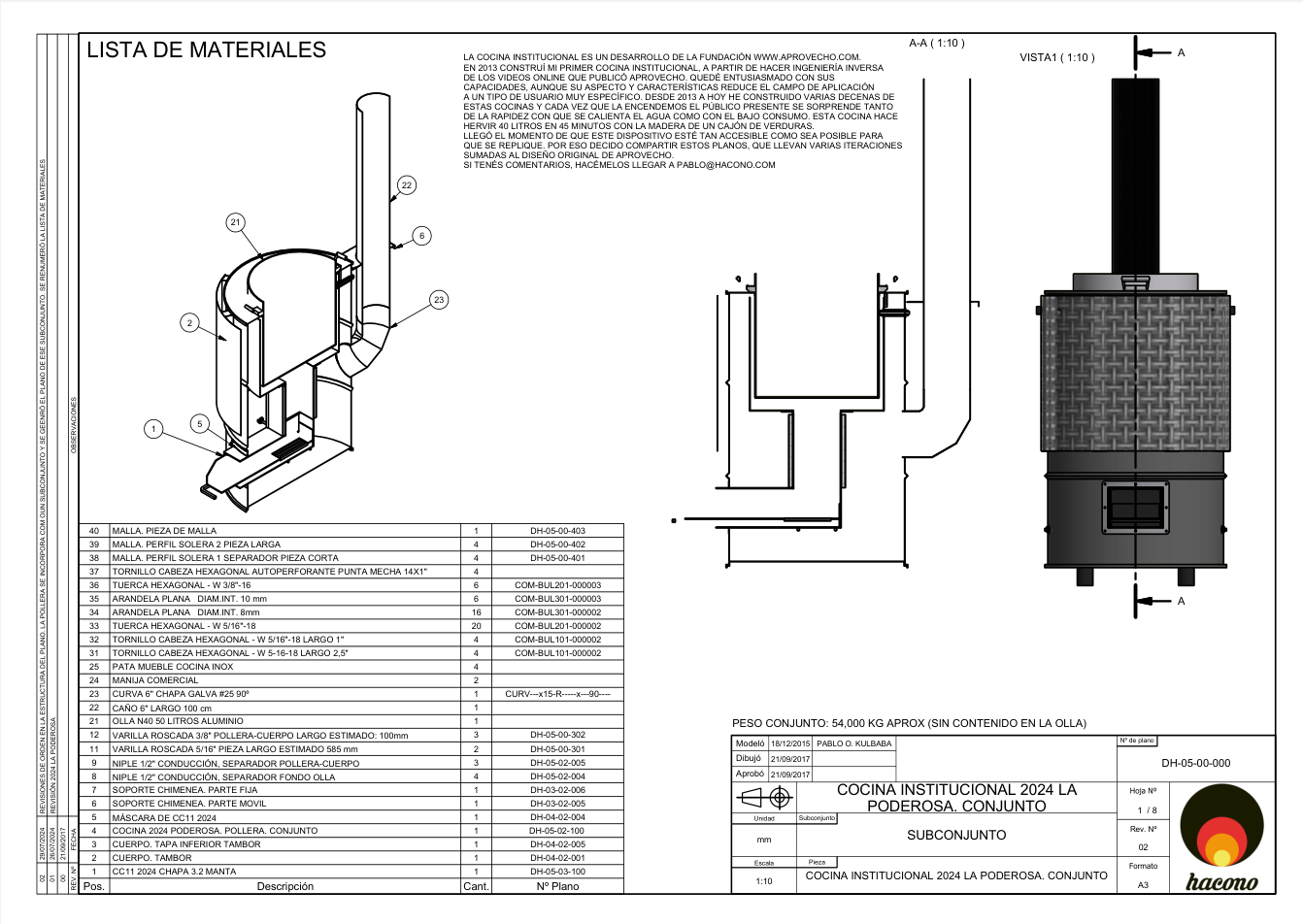
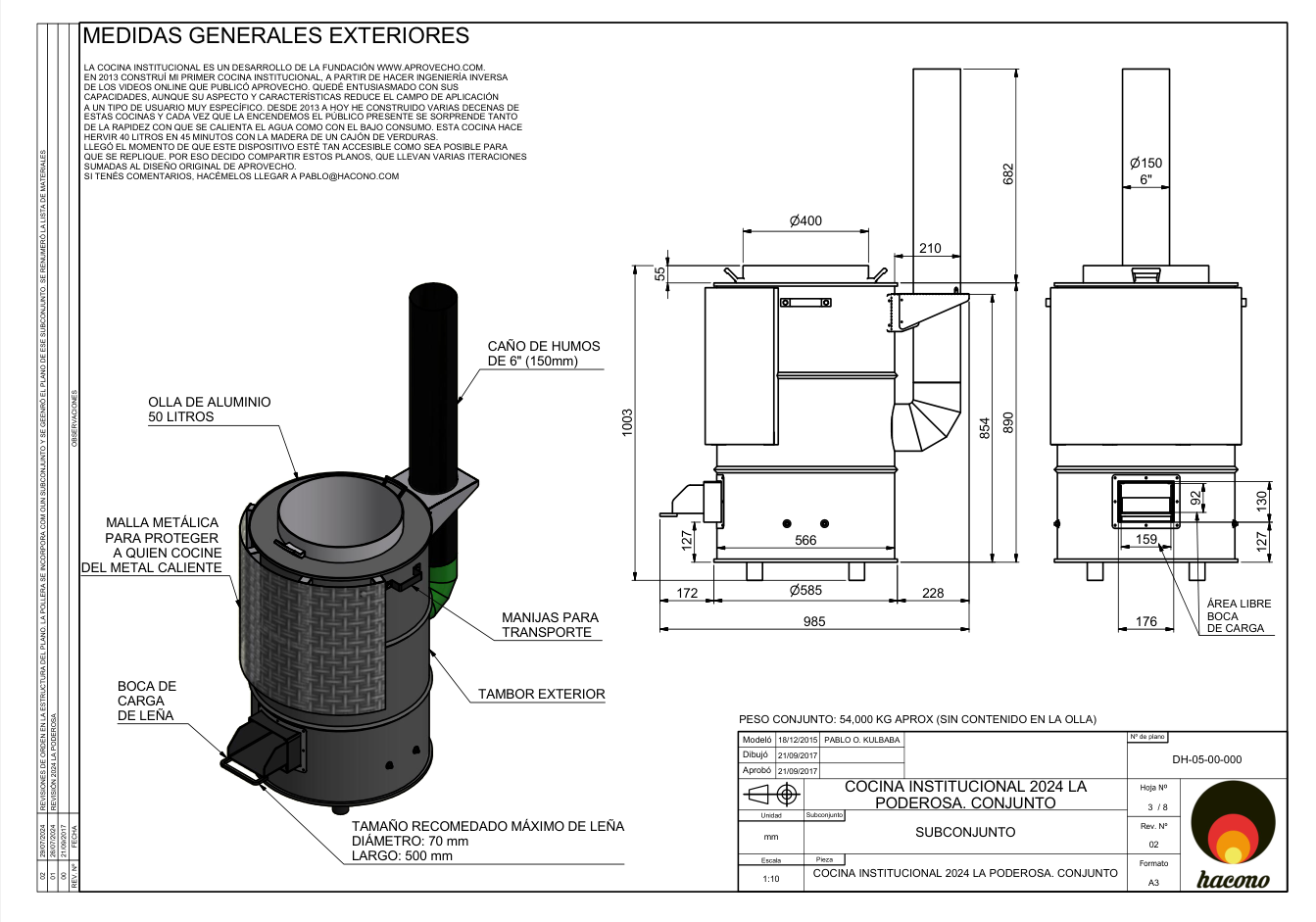
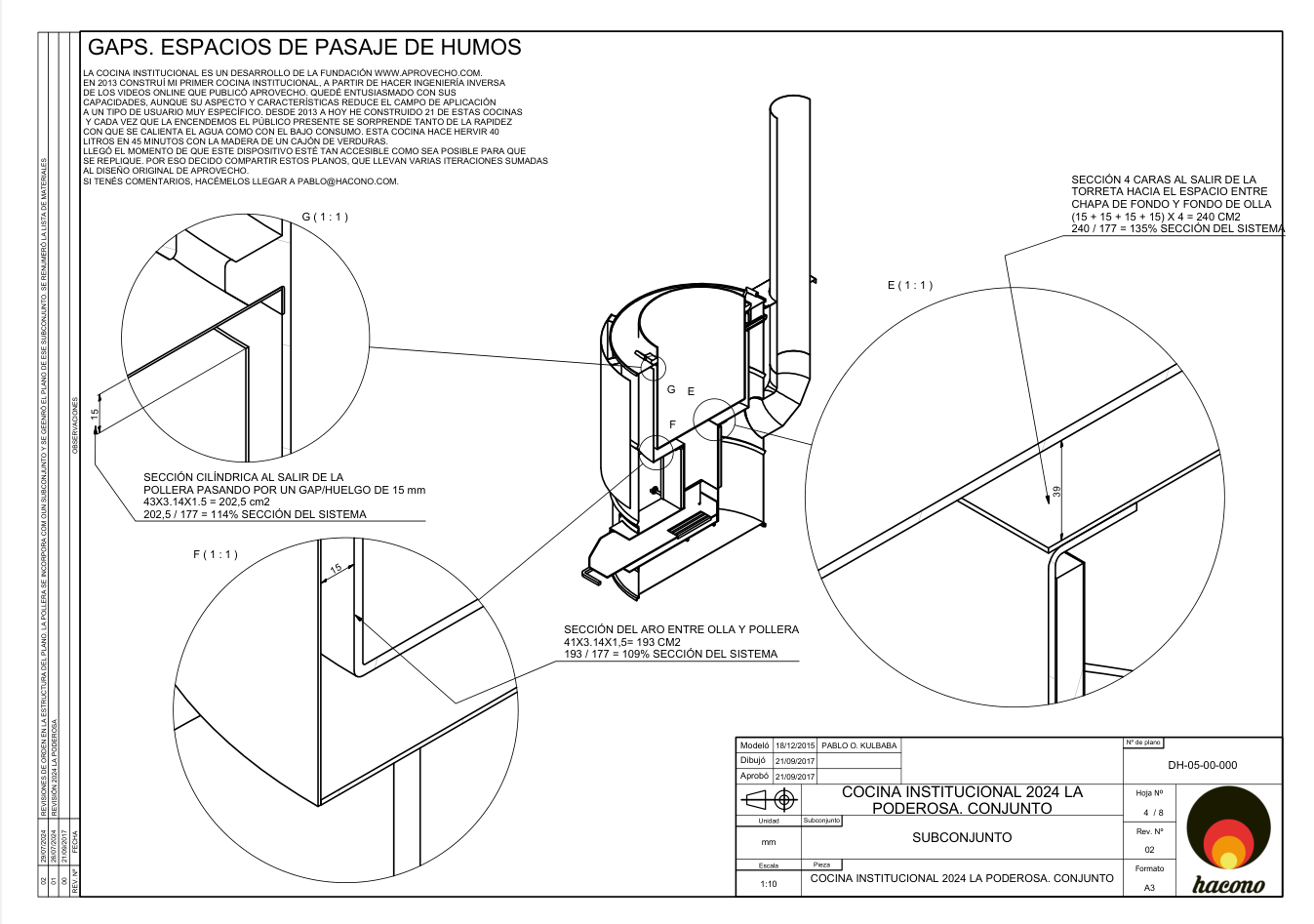
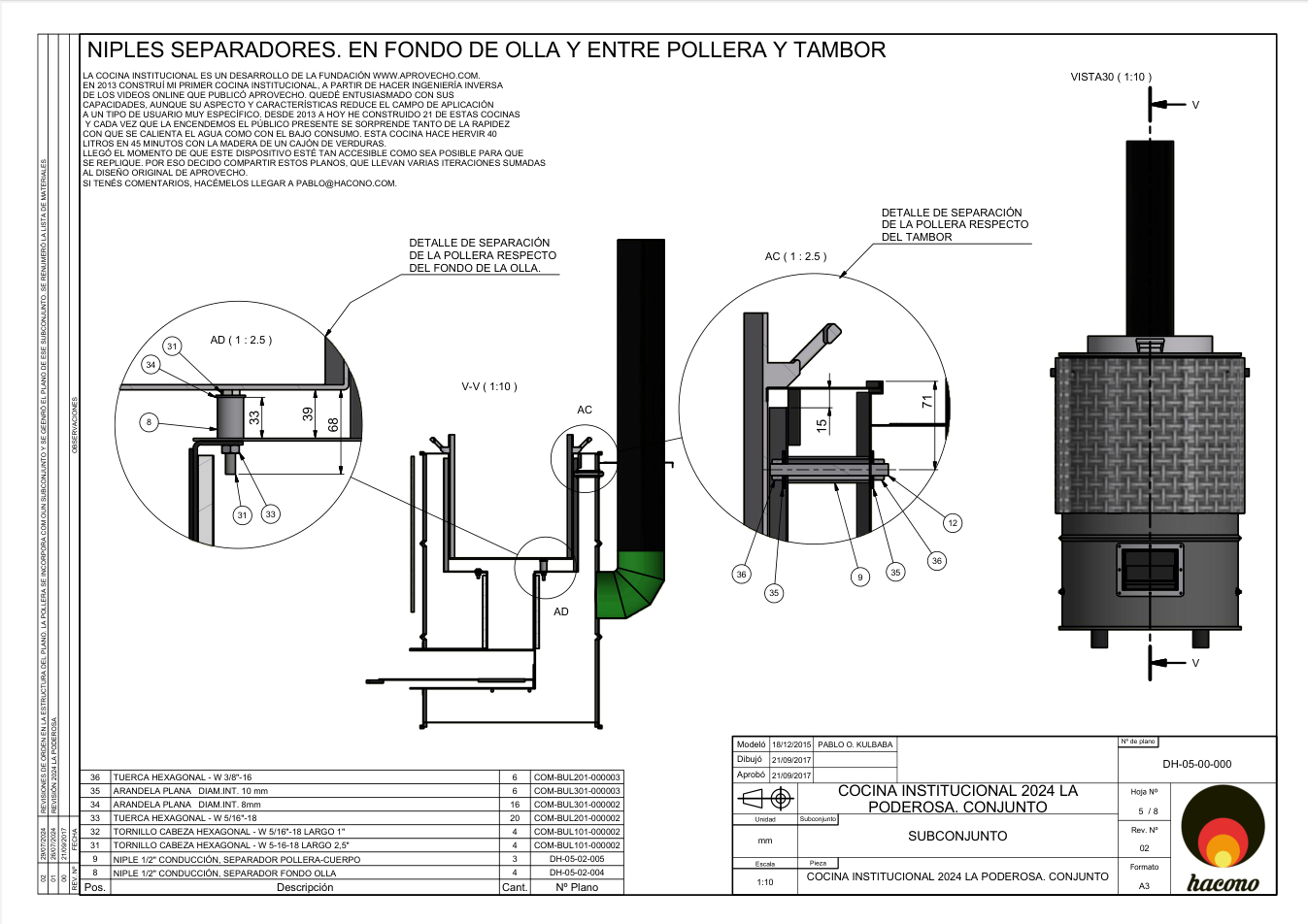
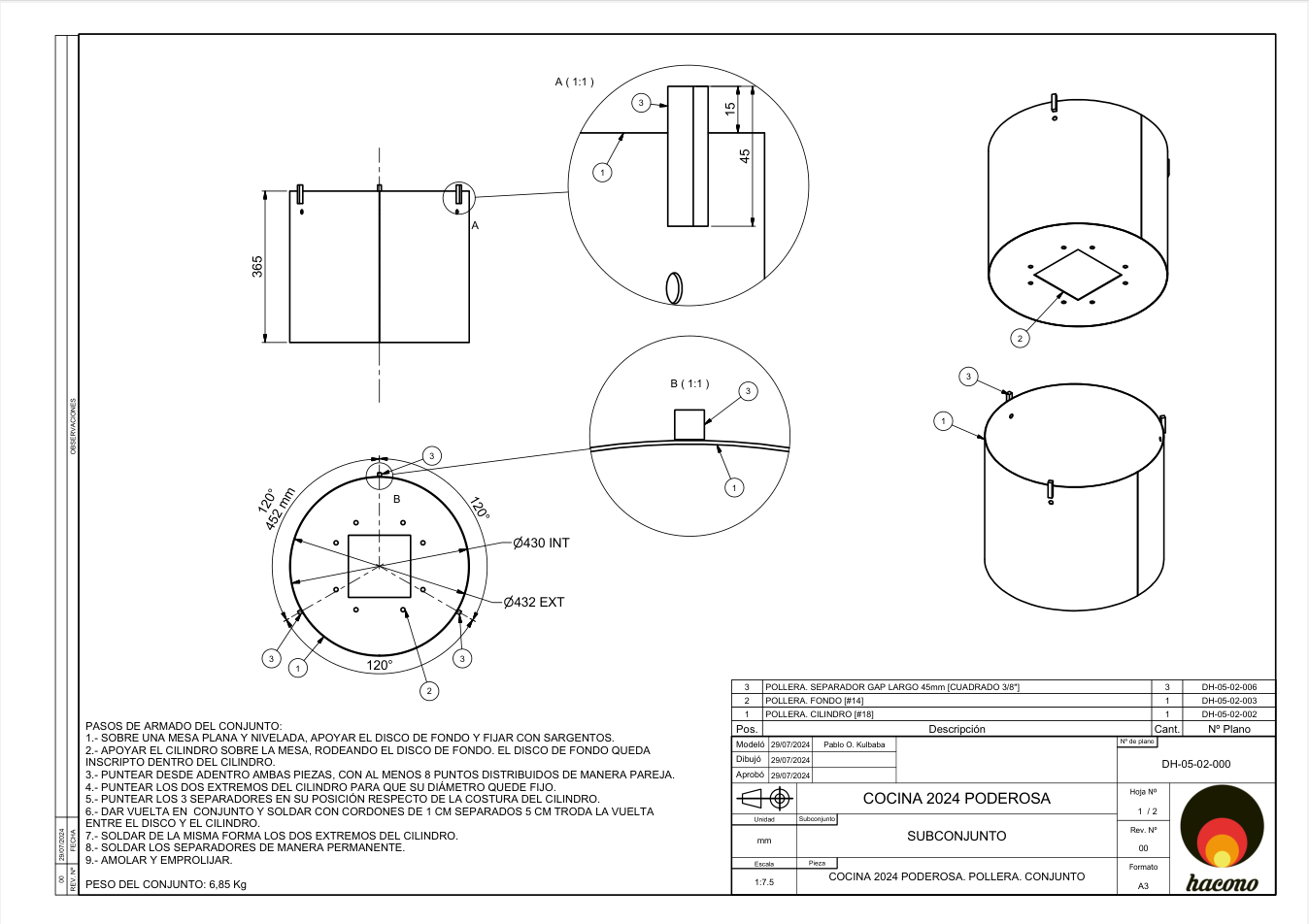
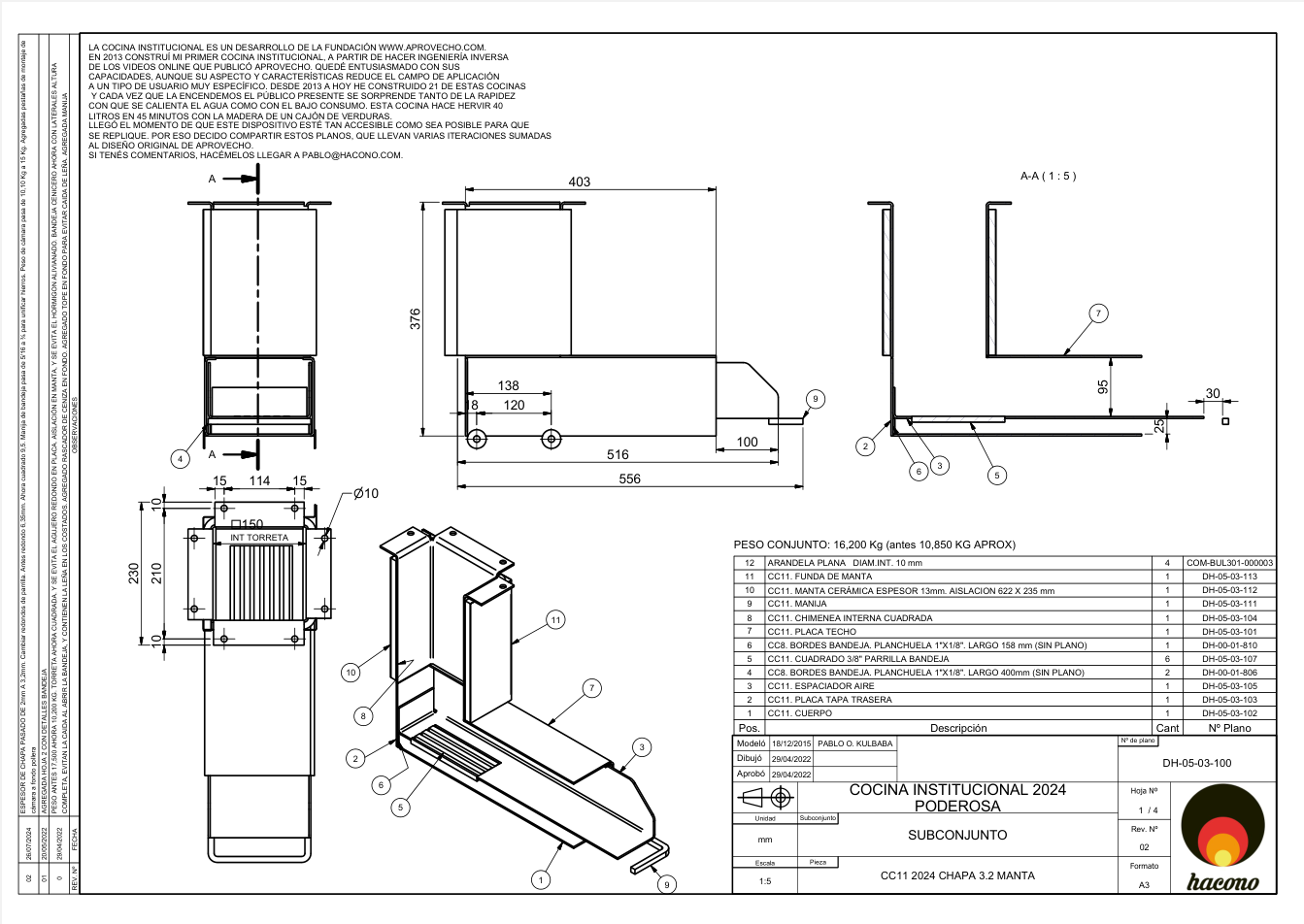
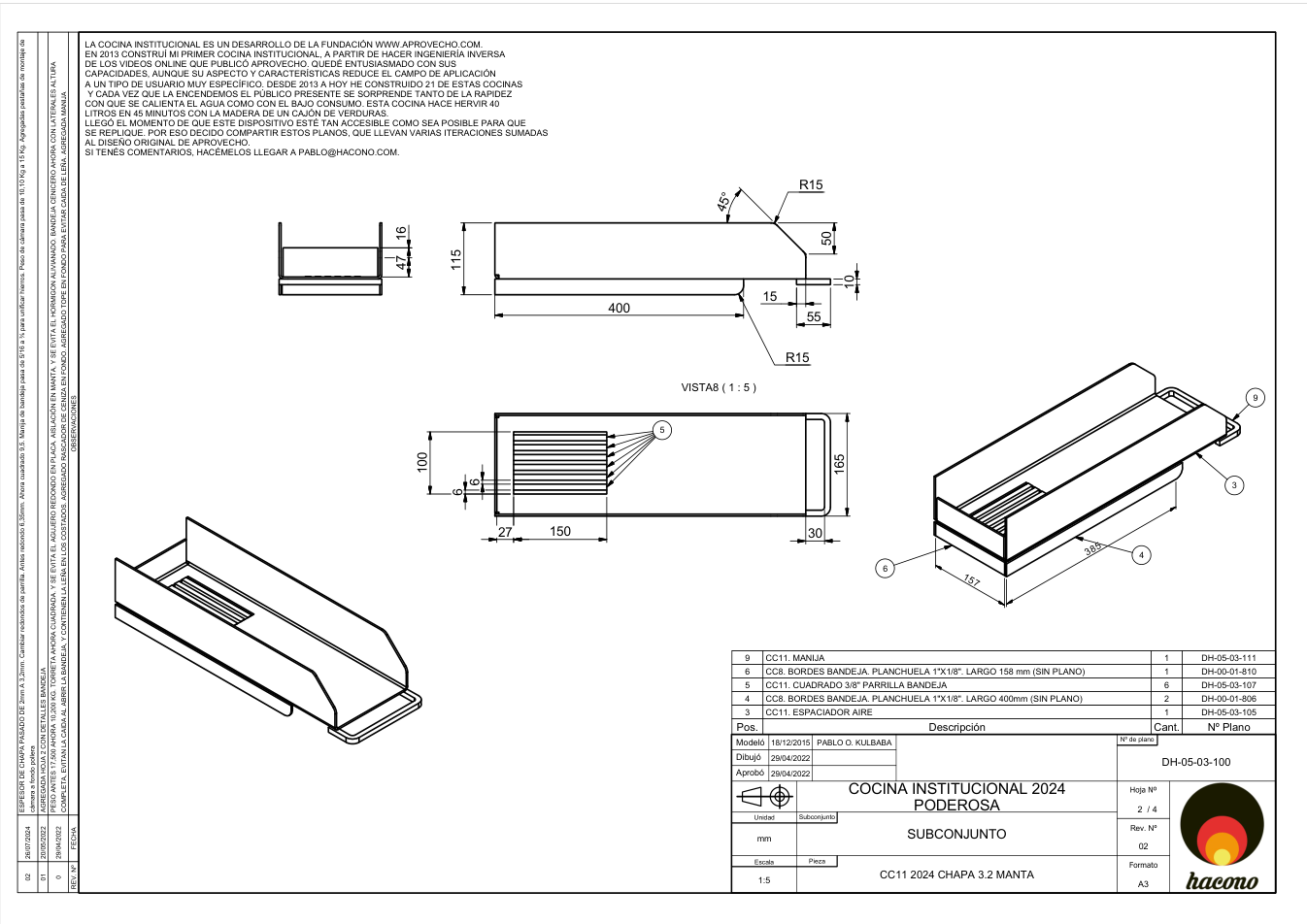
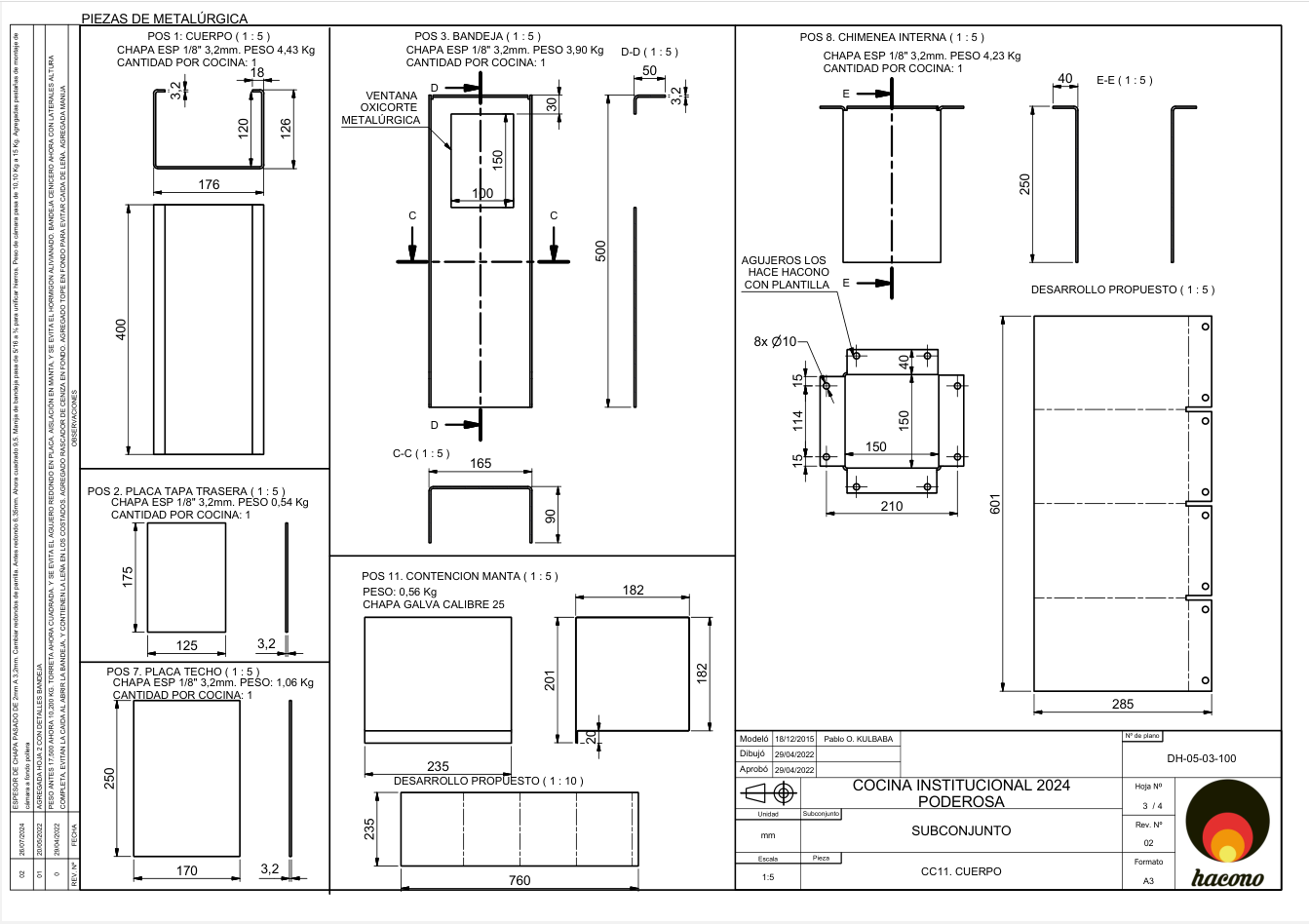
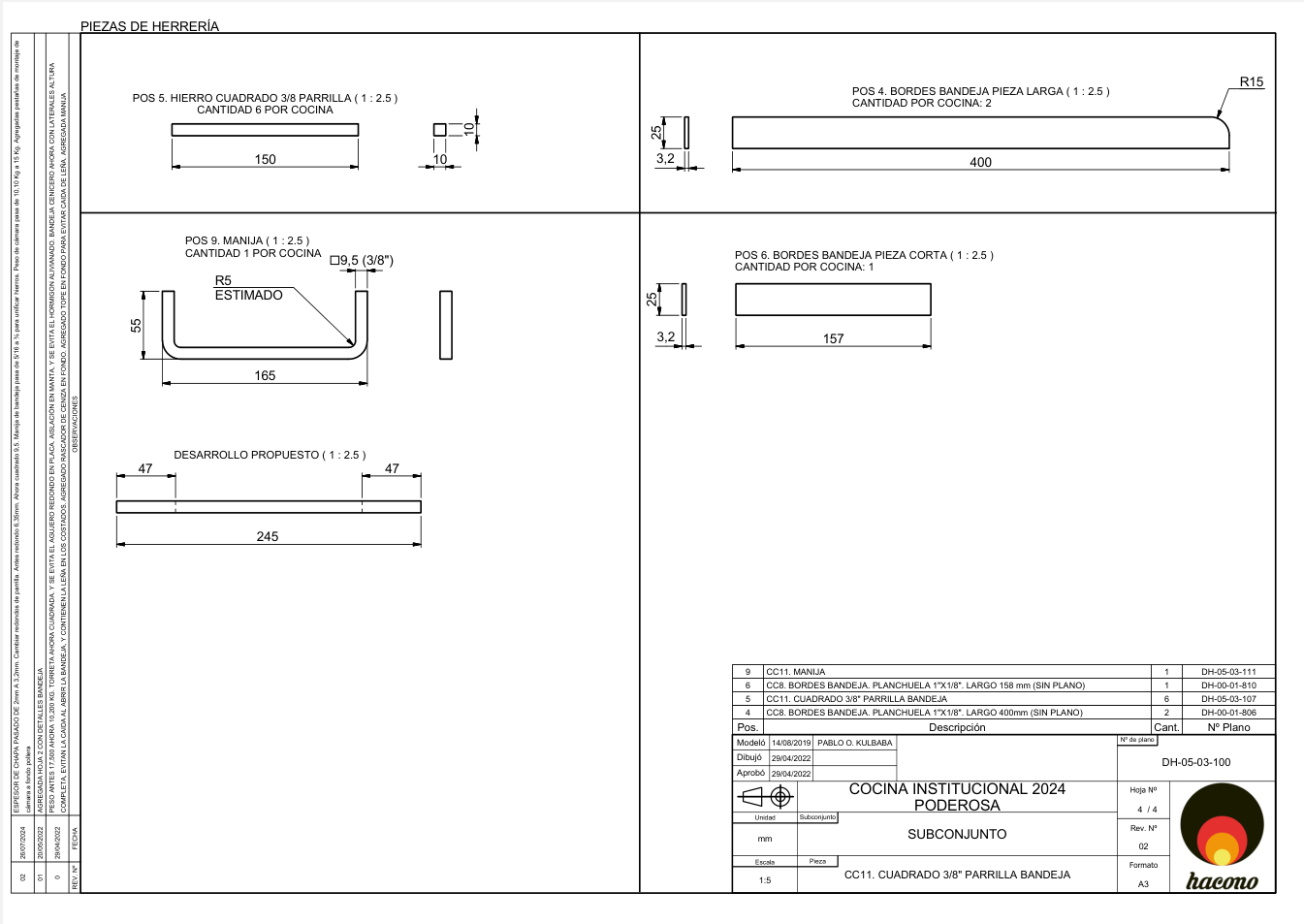

John Suavecito wrote:Yes, IMHO it is more efficient of overall char production per unit of biomass input. I know some people love retorts because you can just leave them and they will go out on their own. I get that. That's not my priority. I like making biochar and I want more char out of my wood that I have, and a larger quantity each time I make it.
John S
PDX OR

John Suavecito wrote:Thank you for sharing this design with others. I like the design in general.
What I do differently than this is I use a chimney with a larger diameter, and I burn the wood directly, without a retort. The wider chimney allowed for much more efficient burning. Direct burning produced a much larger quantity of char in the burn. I needed too much char in my yard to make it in a retort.
That being said, everyone has to figure out a system that is going to work for their situation.
John S
PDX OR

April Wickes wrote:Those are beautiful, Pablo. Thanks for the info and warning. Have you found any way to patch cracks?

Pablo,
Could you expand (no pun intended) on the expansion forces? I saw several examples of Búbos Kemence while living in Hungary. It has a long, long history, and they must have a way to deal with those forces. What have you done to mitigate them in your projects?

April Wickes wrote:Pablo, that is a good and important question. I will not be able to answer it until January. However, I did make sure the plaster was reinforced with 2 layers of fiberglass mesh.





